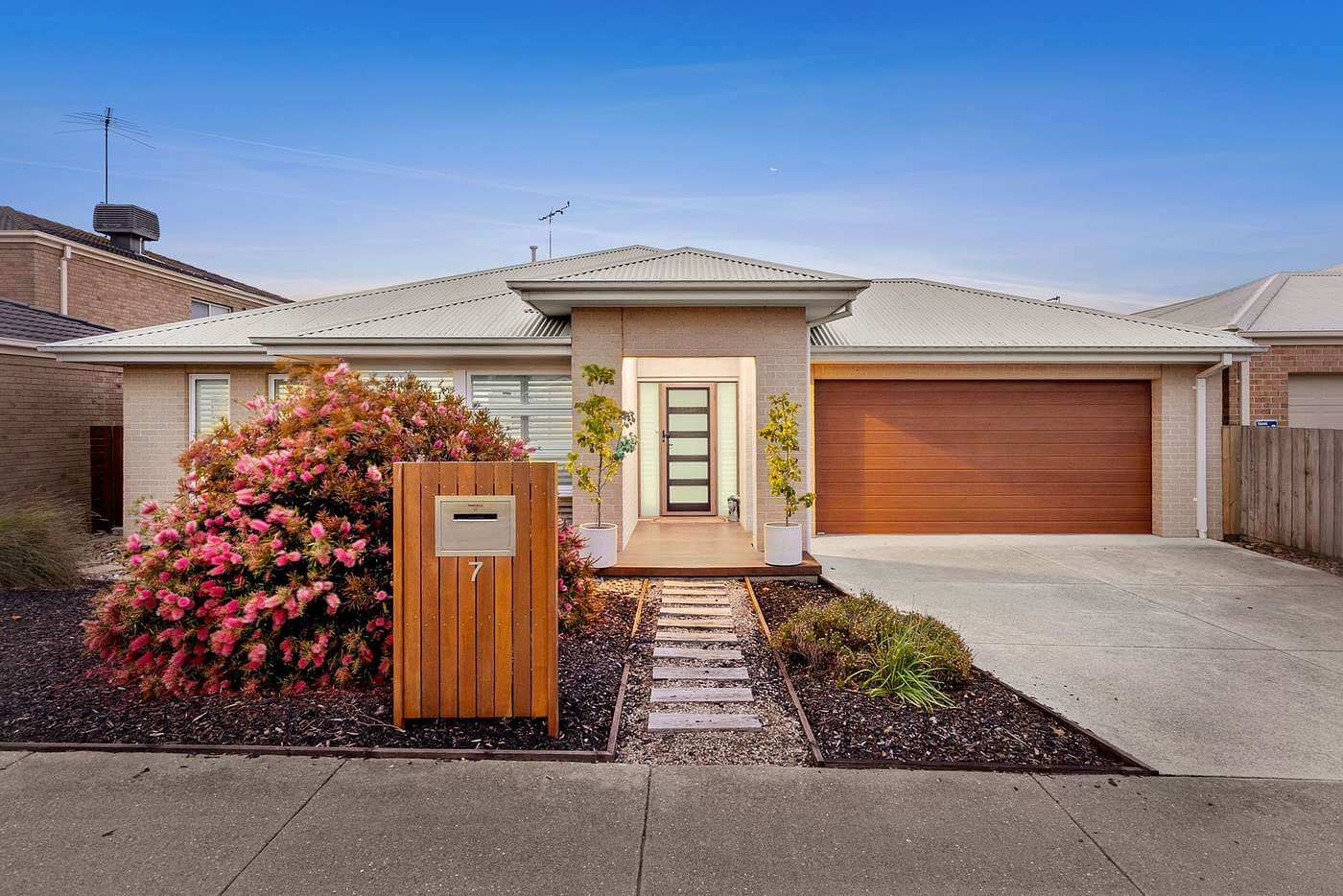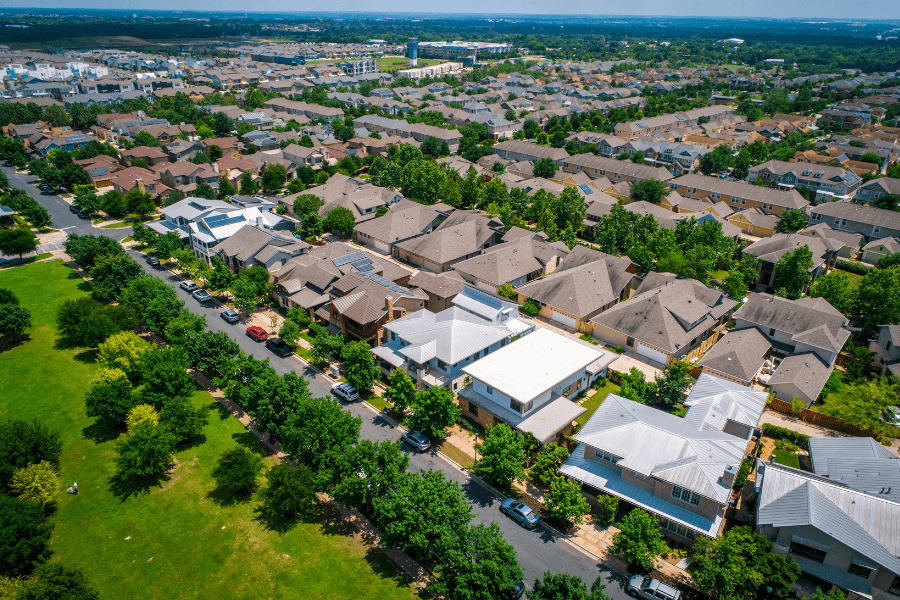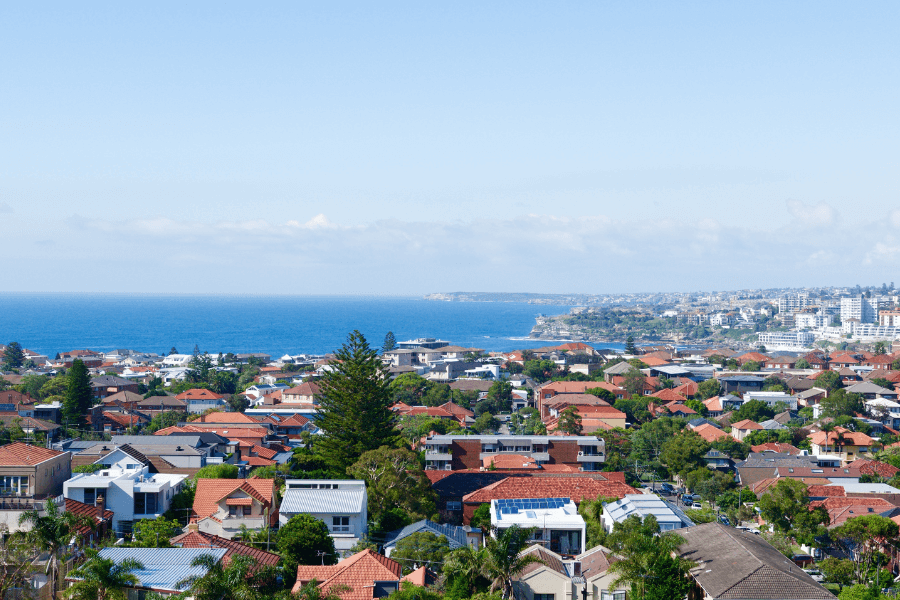Buying a home has always been the great Australian dream. But it’s harder than ever for the average family to be able to break into the market. Despite our low interest rates, house prices and competition can make the idea of owning a nice family home feel disappointing and often out of reach.
There are a few reasons for this. At a very simplistic level, our wages haven’t increased while the cost of living has. The borrowing environment and negative gearing loophole is favourable to those with money to invest, meaning they can afford to outbid first home buyer. As we know, prices are rising across the board due to increased demand – pushing first home buyers out even more.
It’s not all doom and gloom and you’re certainly not alone. With higher inner-city prices comes a world of opportunity for the millions of homebuyers looking to get into the market. More people are looking to regional areas, while the urban sprawl grows and new developments offer new opportunities to break into the market. Low interest rates mean that those close to being able to afford a home – or who have access to the Bank of Mum and Dad – will be able to borrow at record-low prices.
For those who haven’t been able to save up a complete 20% deposit (which, in Melbourne is no small feat at $200,000), or have access to the Bank of Mum and Dad, there are tried and trusted ways for you to get into your first home in five years. A bit of sacrifice, some commitment to learning and the great Australian dream could become a reality.
1. Critically analyse where your money goes
This is probably the least fun but most necessary step in your home journey. Ultimately you want to get to an honest and transparent place where you know where you are currently spending your money and where you know you could cut expenses if you need to. It’s important to keep emotions out of this – this is something that you need to accept as an investment into your future.
There are a few ways to do this depending on how much time you have and how organised you are. If you’re into spreadsheets, you could keep a daily tally of each purchase or bill for a month, go old school and use a notebook or you could grab your bank statements and use this calculator from Well Money. There are plenty of ways to do this but however you choose to track your expenses you want to end up with the following buckets:
- Necessary expenses: Electricity, gas, water, rent, groceries, internet, phone, car, school fees, medical
- Choice expenditures: Clothing, gym memberships, non-essential healthcare, subscriptions
- Luxury expenditures: Holidays, gifts, dining out, food delivery etc.

2. Engage discipline mode
Once you’ve analysed your spending, you should be able to see some recurring patterns and opportunities to cut costs. When you really want something, you’ll be surprised at how much you’re prepared to give up for it. And of course, how much the unnecessary adds up!
There are plenty of ways to do this including:
-
- Reducing existing costs: i.e. Calling up providers and asking for better deals
- Increasing income: negotiating salary, finding a secondary source of income
- Reducing your spending: Make the call on what you can live without to achieve your goals and get savvy about how you spend. Save first and spend last.
- Pay off bad debts first: Credit cards, Afterpay, personal loans – pay them off. Get familiar with the snowball effect of debt management and both you and your wallet will be thankful. Better still, your credit score will improve before you apply for your ‘good’ debt – your home loan.
- Check in with yourself regularly to make sure you’re on track. A splurge here and there is fine but only you will know when you’ve fallen off the wagon. It’s helpful to check in with your ‘why’ here and remember that you CAN do this.
Whatever you can afford to save, you should. To get an understanding of what your savings plan looks like, you can use a calculator like this one from MoneySmar. In the meantime, try and negotiate a long term lease to keep the rent down while you save.
3. Now, it’s time to decide what you want to buy.
We’ll assume here you are looking for a house for your growing family.
Be OK with not being in the big smoke. It’s no secret that homes are much more affordable the further away from the city you are. There are bustling and growing suburbs you may not have heard of yet, where you can still buy a great home for around $600k, meaning you could potentially qualify for the first home owner’s scheme.

New or renovator’s delight? You will need your home to be built well and liveable from the minute you move in. You don’t want to have to pay to rent while you renovate nor do you want to find that renovations cost more than you thought. When you find a type of home you are interested in, decide on it and stick to it. If you’re into new builds, some great deals can be had on off the plan house and land packages. If you’re looking for a home to renovate, decide how far you’re willing to go and spend the next while getting up to speed with renovation cost and time investment.
Minimum must-haves. Decide on your non-negotiables and don’t budge. If you want a backyard or pool, make sure you are only looking at homes that meet this criteria. You can use our filters and save searches to keep updates as relevant as possible. Don’t waste your precious time on compromising here – stay focused.
Choose some suburbs that you think will have potential in 5 years. Now, you’ll need to do some research. This is an area where Homely can really help! Use our suburb review functionality and discussion forums to get a gauge of the area and key features that might be helpful for you and your family. What some people love, others don’t so it’s important to read and ask questions until you think you’re able to narrow it down to a few areas to look at. Remember: you’re looking for potential, not peak performance. If you haven’t already, check out the Well Money Green Shoots Report – it’s a goldmine for uncovering potential growth suburbs.

Monitor the market. Over the next 12+ months, watch what happens in your chosen suburbs. Are home prices increasing? Is there infrastructure coming? Is there an oversupply of new homes? All of these questions will help you better understand whether you are choosing a great investment for your first home or not.

4. Start living like you have the mortgage
The best thing you can do when you don’t have a mortgage is live like you have one. Put away each month the amount you would need to be contributing if you owned your perfect home, on top of your current rent. It’s a great habit to get into from a mindset perspective plus you will be amazed at how fast and how much you will save.
5. Skill up your financial knowledge
Start learning the difference between the types of loans that are available and the lenders that offer them. Understand the benefit of an offset account, the different types of loan terms, loan-to-value ratio and lender’s mortgage insurance. Lending criteria can sometimes vary between lenders and between loans. There are plenty of options around for good savers so it pays to talk to the experts. We recommend Well Money for low cost mortgages and personal service. You may also want to talk to your bank’s home loan department as they will have a good view of your financial situation already and may be able to help with realistic expectations.
You’ve got this
Buying a home is a huge decision. Making sure you are well prepared is essential for peace of mind and confidence. Do your research to ensure you know what you can comfortably afford, and make sure that it sits high in the priority list. Owning your first home is a fantastic experience so stay focused! Remind yourself of this regularly, make sure you’re steering yourself towards this exciting opportunity and stay connected with the market on Homely.





